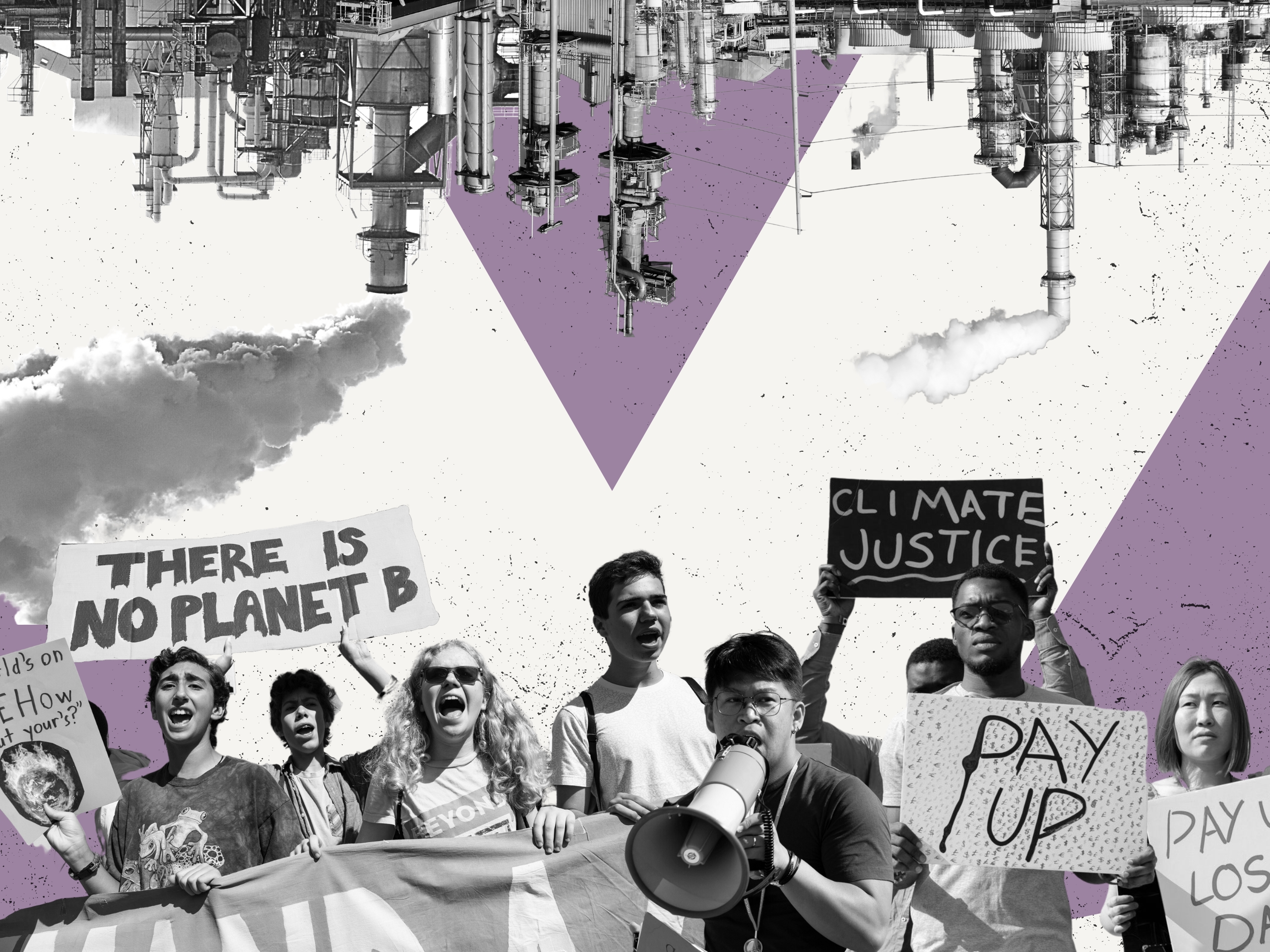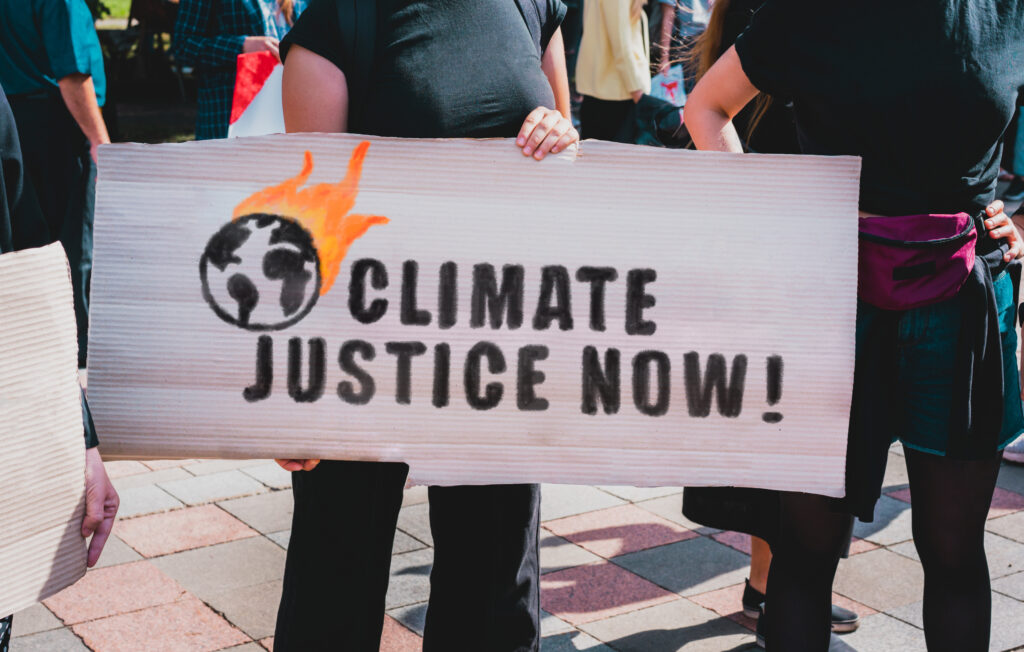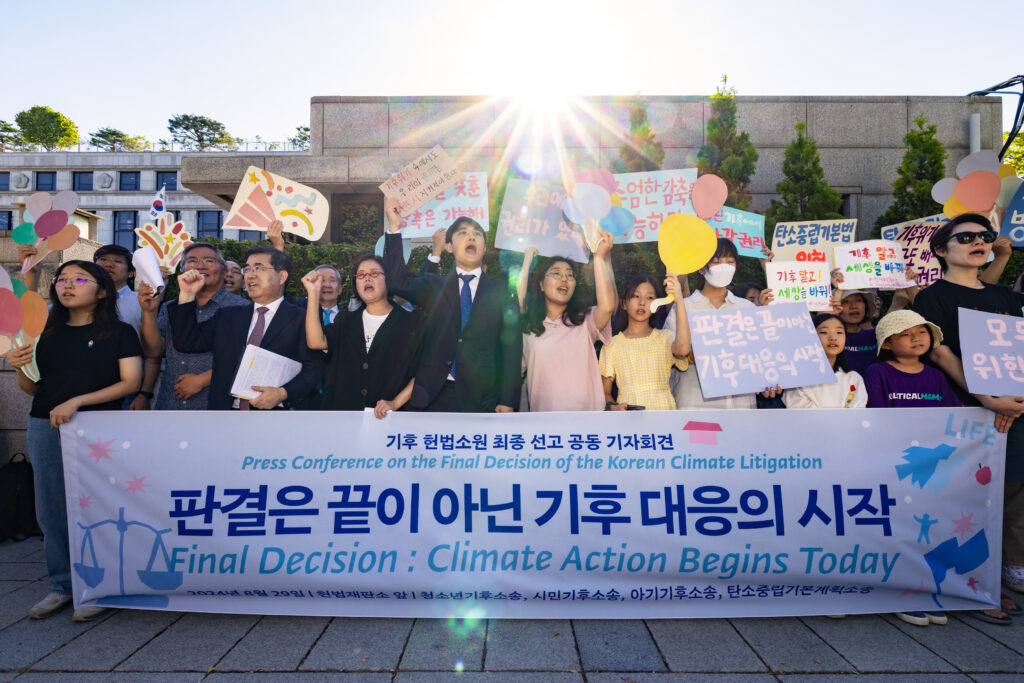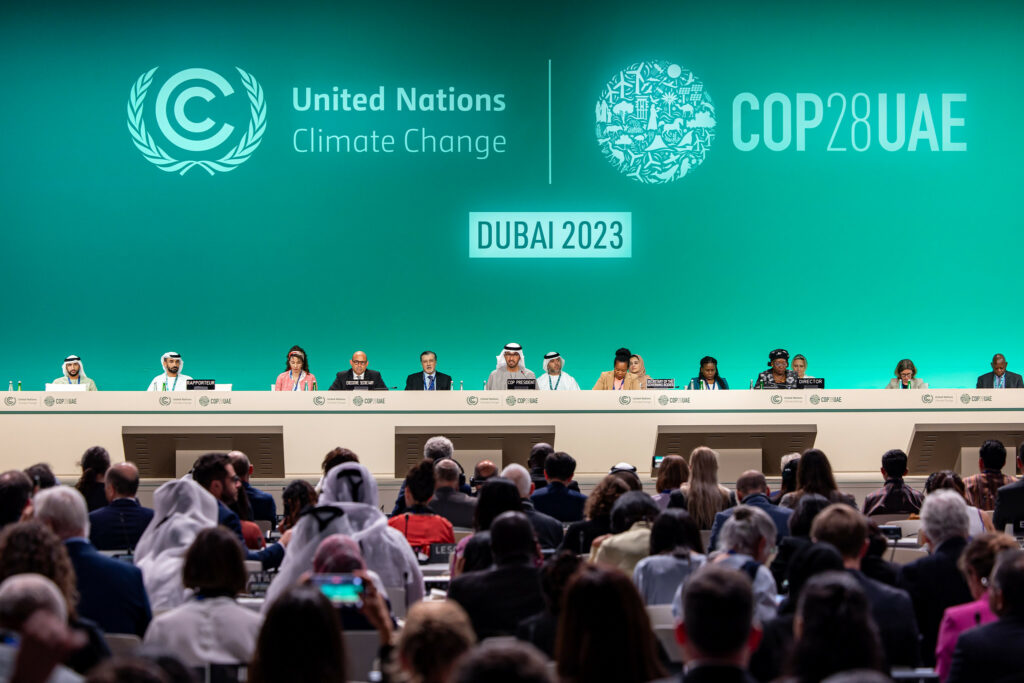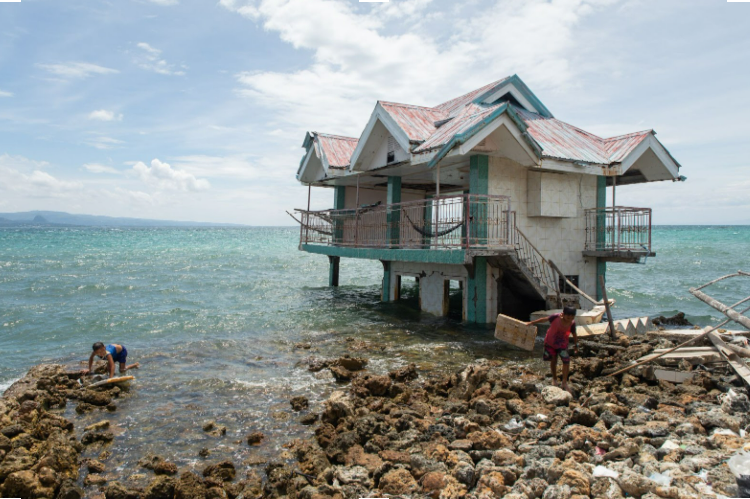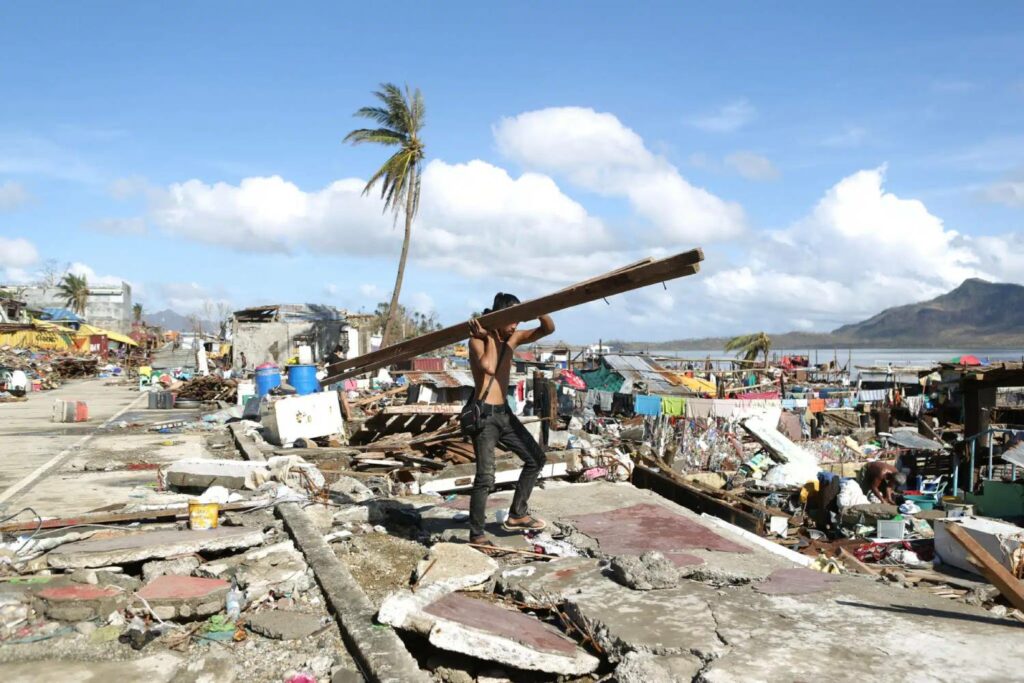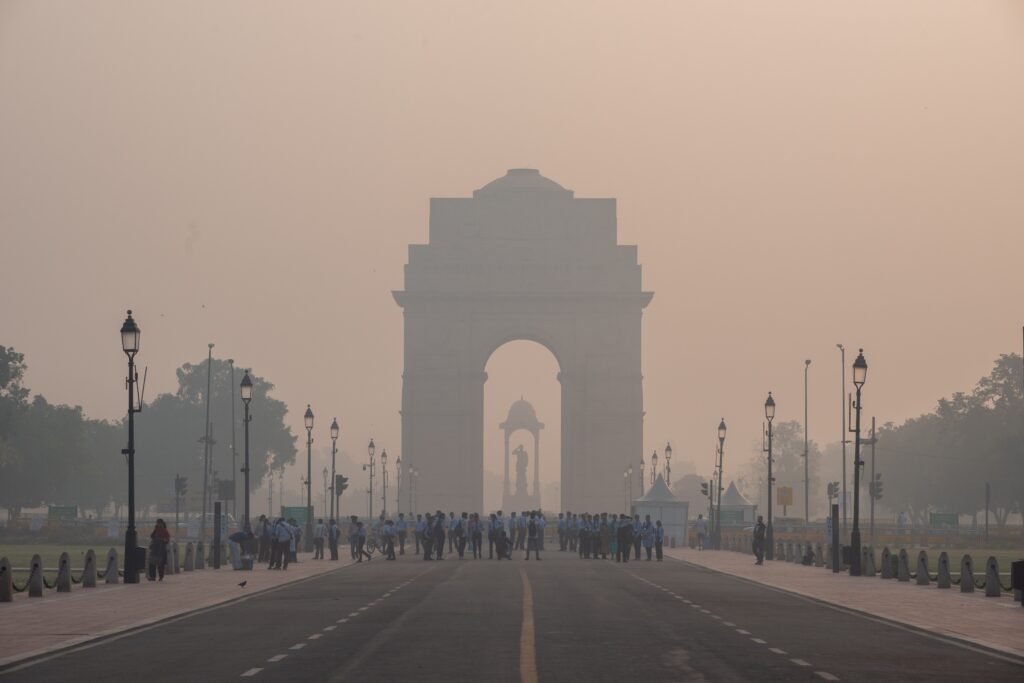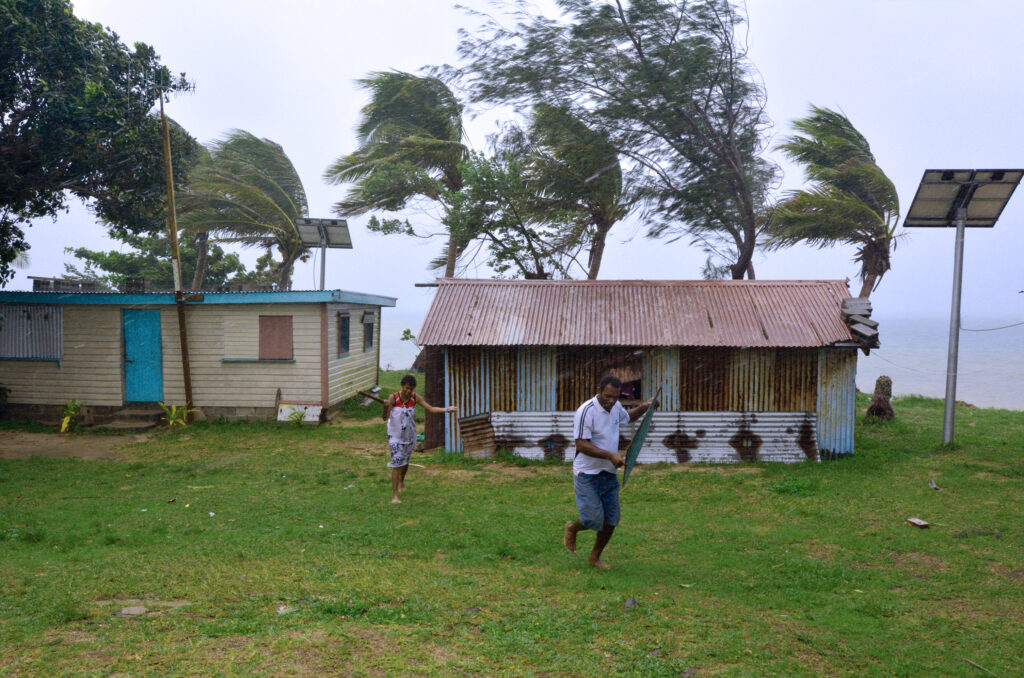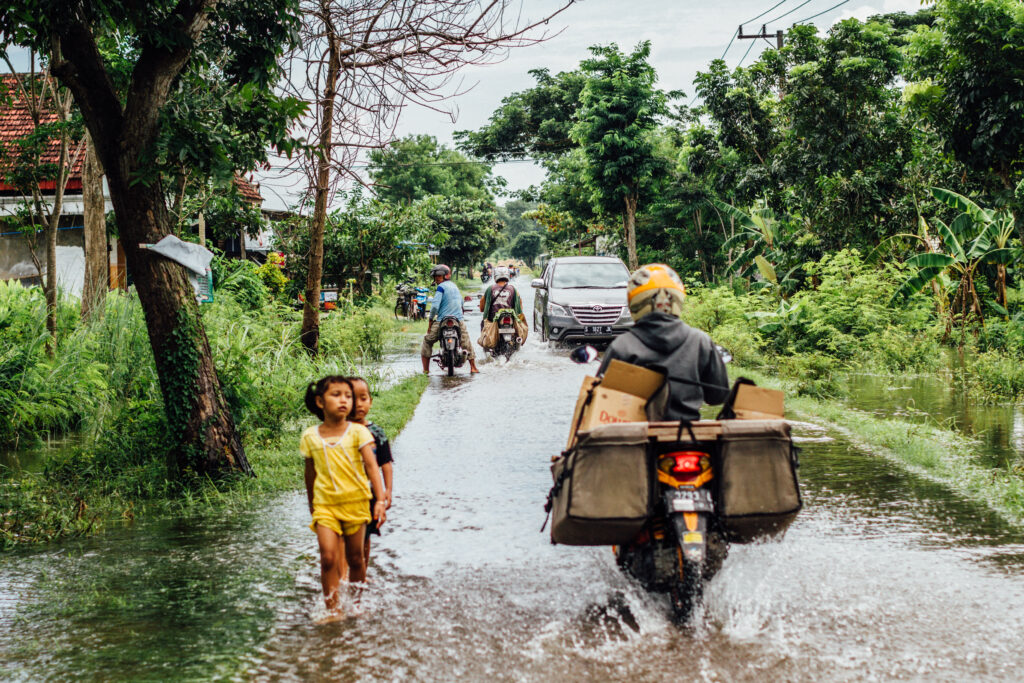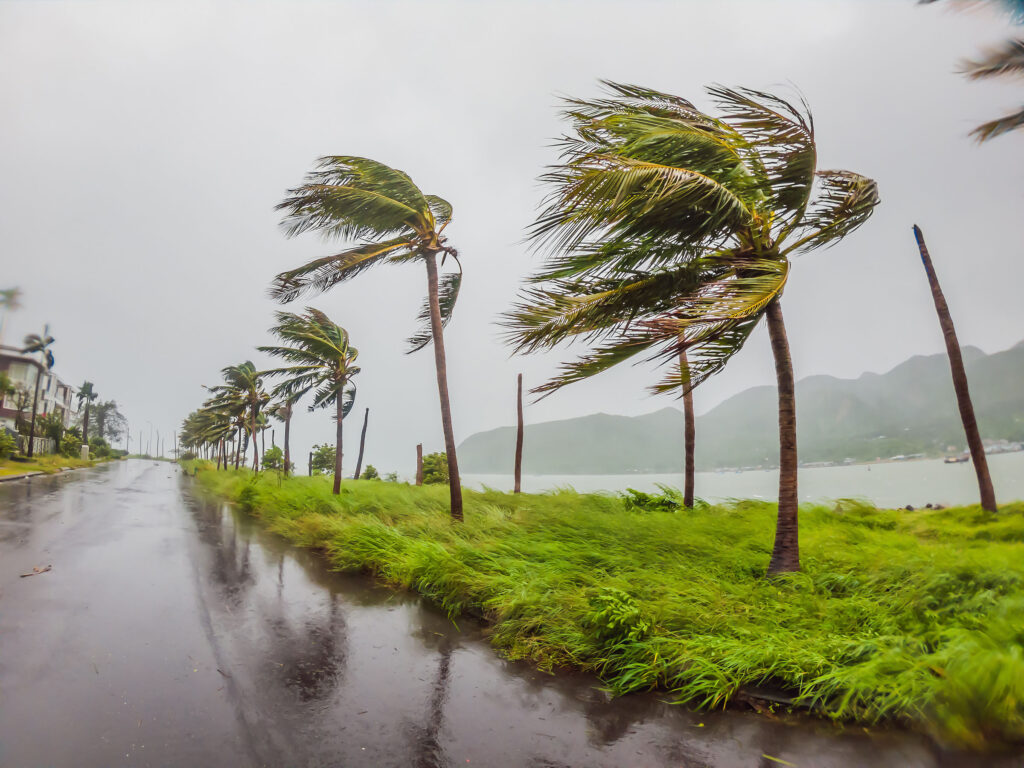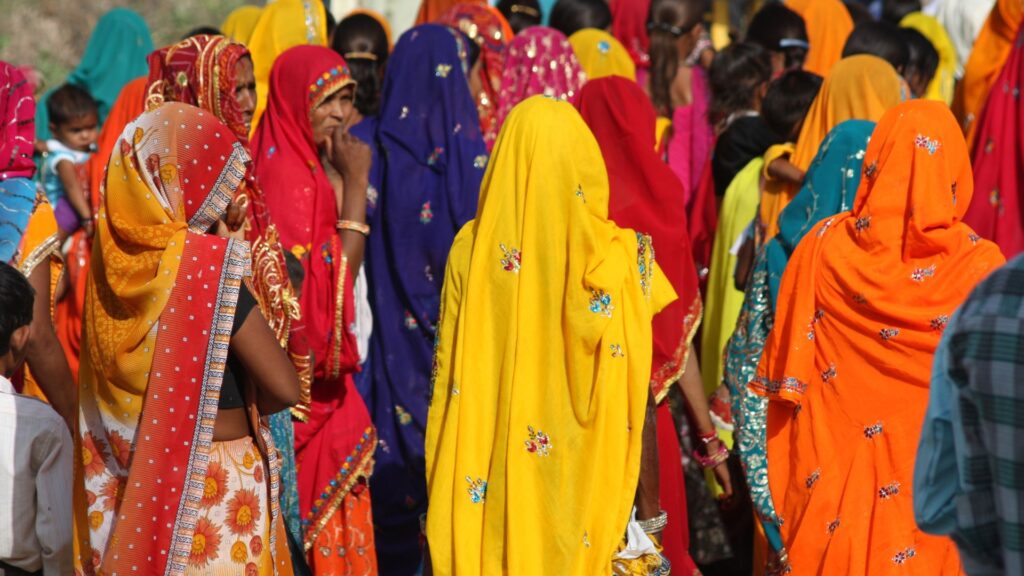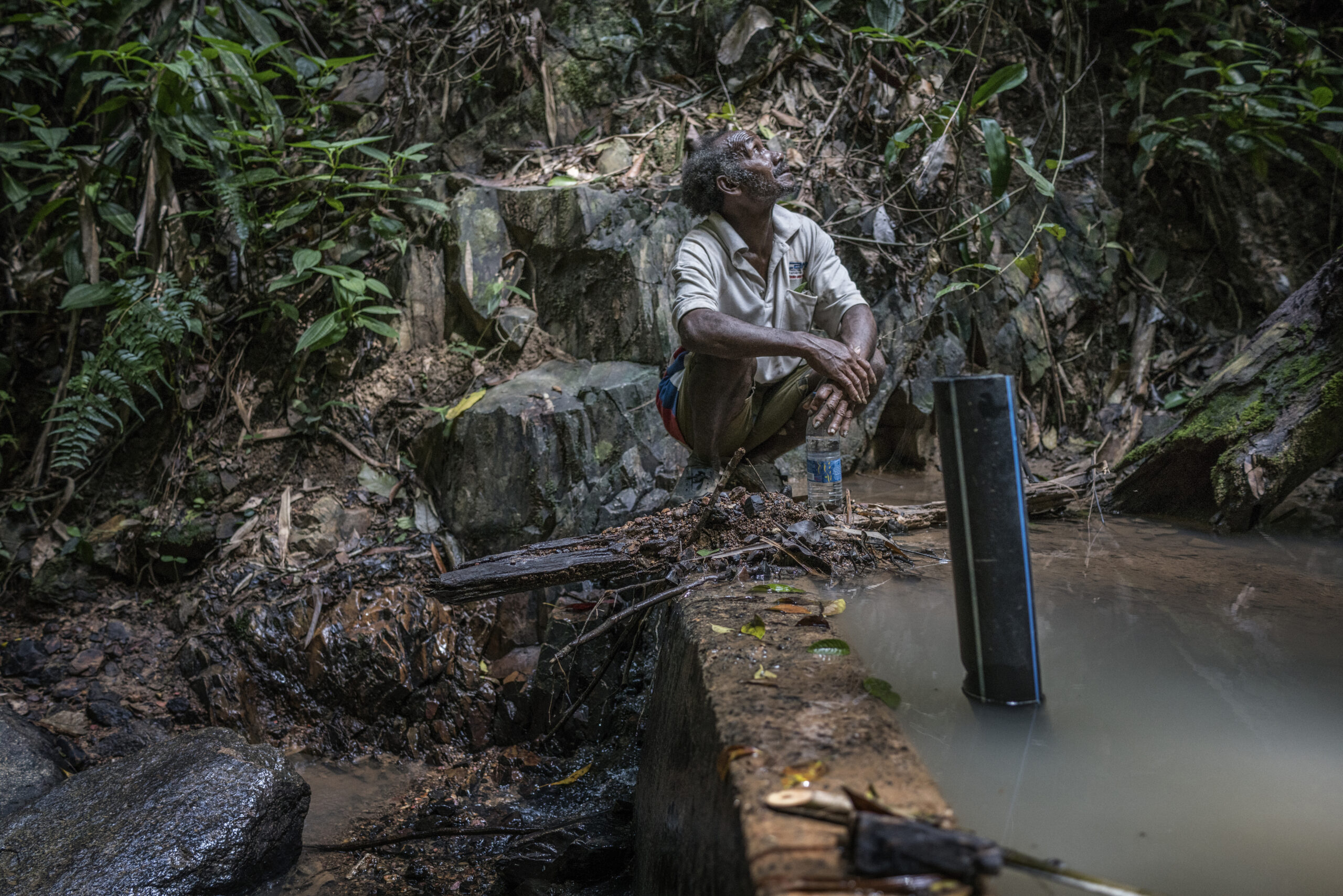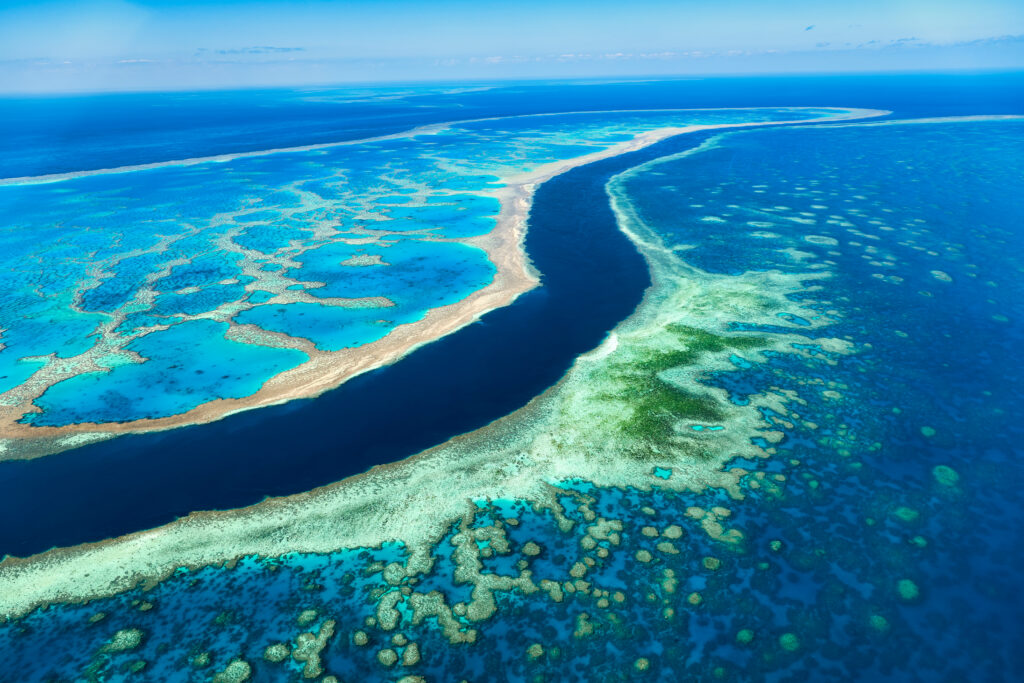What is environmental justice? Environmental justice means ensuring that all people, regardless of background, income level or location, are protected from pollution, climate change and environmental hazards.
As global temperatures rise and extreme weather events become more frequent, climate change’s social and economic impacts are intensifying. According to the Intergovernmental Panel on Climate Change (IPCC), the Earth’s surface temperature has already warmed by approximately 1.1°C above pre-industrial levels, leading to more frequent heatwaves, severe storms and droughts.
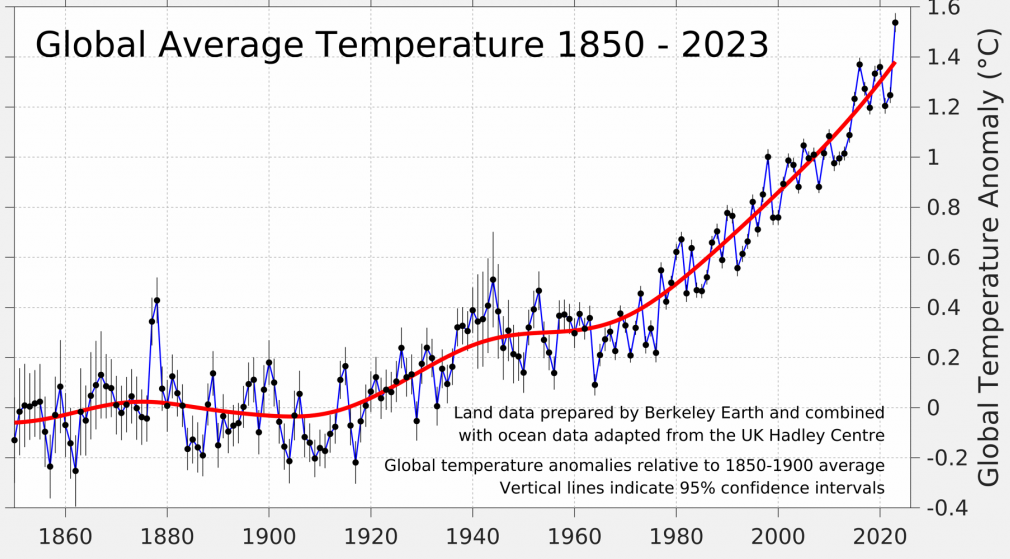
This escalating crisis affects the natural, social and economic systems we all depend on, disrupting global food supplies, damaging critical infrastructure and threatening jobs. Environmental justice ensures fair treatment and the meaningful involvement of everyone, including marginalised communities and developing nations — in crafting policies and solutions that address these escalating problems.
What Is Environmental Justice and Why Is It Important?
Environmental justice seeks to balance power dynamics that often leave marginalised communities more exposed to climate hazards and pollution. By emphasising the fair distribution of environmental benefits and risks, it addresses both the root causes and outcomes of environmental harm and environmental injustices.
Such an approach is especially relevant in regions where infrastructure and social services are ill-equipped to cope with risks like pollution, climate-induced disasters and resource shortages. This notion becomes especially urgent in nations like the Philippines, where intense typhoons repeatedly strike coastal communities with limited means to prepare or rebuild. Similarly, Mozambique has endured a succession of cyclones that have displaced thousands of families lacking robust social safety nets.
This concept also resonates with the principles of ESG (environmental, social and governance), which guide both government policies and corporate strategies. A well-rounded ESG approach considers all stakeholders, including marginalised groups. This approach helps drive an equitable approach to sustainability. Embedding environmental justice in these initiatives goes beyond ethics. It becomes a practical necessity for long-term social stability and economic growth.
By ensuring that climate adaptation and mitigation strategies prioritise those who face the greatest risks, societies can reduce future losses and foster a stronger sense of shared responsibility.
History of the Environmental Justice Movement
The environmental justice movement’s origins can be traced back to the 1980s when activists in the United States spotlighted how hazardous industries and waste facilities disproportionately affected low-income neighbourhoods. The movement slowly gained momentum from these initial grassroots efforts and spread across industrialised countries globally.
However, environmental justice was slower to gain traction in Asia, likely due to its recent economic prosperity. It became mainstream only in the 1990s, and it is still not nearly as accepted today as it is in the West.
This history serves as a reminder that the fight against climate change extends beyond reducing emissions. It also involves ensuring that frontline communities, both in developed and developing nations, have the resources and representation needed to adapt and thrive in a warming world.
Understanding the Science Behind Climate Disruption
Scientific consensus firmly attributes recent climate shifts to human activities, particularly the large-scale use of fossil fuels. The IPCC’s Sixth Assessment Report warns that if greenhouse gas emissions remain unchecked, global temperatures could exceed 1.5°C above pre-industrial levels even earlier than previously predicted.
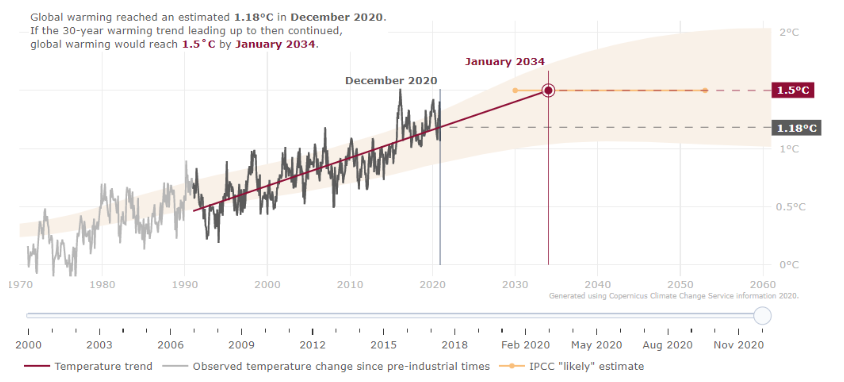
This increase in warming poses significant risks to food security. Erratic rainfall patterns and temperature extremes can reduce agricultural productivity and drive up the cost of staple goods. Similarly, the intensification of storms and heatwaves threatens critical infrastructure, including roads, energy grids and water systems, undermining economic stability and human health.
Disproportionate Climate Impacts on Vulnerable Communities
Scientific findings also make it increasingly clear that vulnerable communities and developing nations will bear the brunt of climate hardships without fair and inclusive strategies to handle these changes. For example, around 80% of the global population facing climate change-related crop failure is in disproportionately poor areas. As agriculture production declines in these regions, food prices will increase, further straining food systems. Similarly, most of the world’s low-income households directly rely on natural resources for their income. Natural resources and ecosystem services are some of the first casualties of climate change.
While this climate impact disparity was a central discussion point at COP28 and COP29, change remains slow and inadequate. The developed world still lacks the willingness to financially support developing nations with climate resilience. This is highlighted by the lacklustre climate funding agreements from the developed world and the continual backsliding on existing promises.
Current Environmental Justice Issues
While there are hundreds of unique environmental issues facing each community, three of the large-scale issues are as follows.
Water Scarcity and Pollution
Water scarcity and pollution epitomise how climate change amplifies existing inequality. The World Bank reports that over 2 billion people globally still lack basic drinking water services. Climate variability exacerbates this shortfall by intensifying droughts or triggering stronger storms. Industrial runoff, agricultural chemicals and poor waste management further degrade water quality. These problems hit regions with limited treatment and distribution infrastructure especially hard.
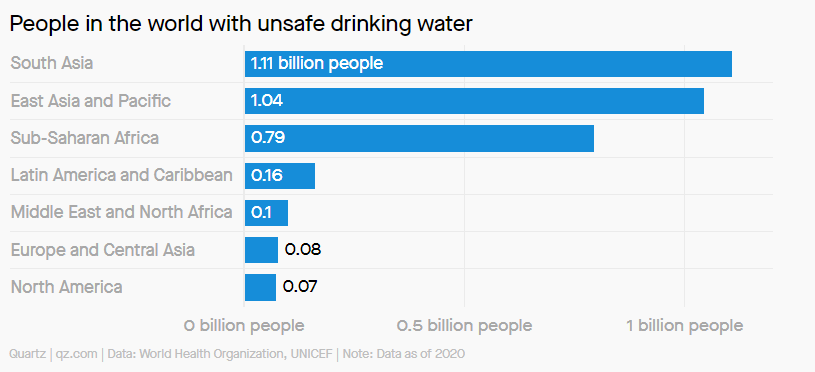
In Bangladesh, saltwater intrusion in coastal areas has made clean water a precious commodity, and in parts of India, rapid urbanisation and frequent droughts create a precarious balance between domestic, agricultural and industrial needs.
From a policy and business standpoint, addressing water scarcity is crucial for social stability and economic progress. It can cause agriculture failure that disrupts entire supply chains or cause water-dependent industries to no longer operate at full capacity.
Displacement from Extreme Weather and Rising Sea Levels
The problem of displacement illustrates how climate change can uproot entire communities. The Internal Displacement Monitoring Centre reports there were around 30 million displacements in 2020 alone due to events like cyclones, floods and storm surges.
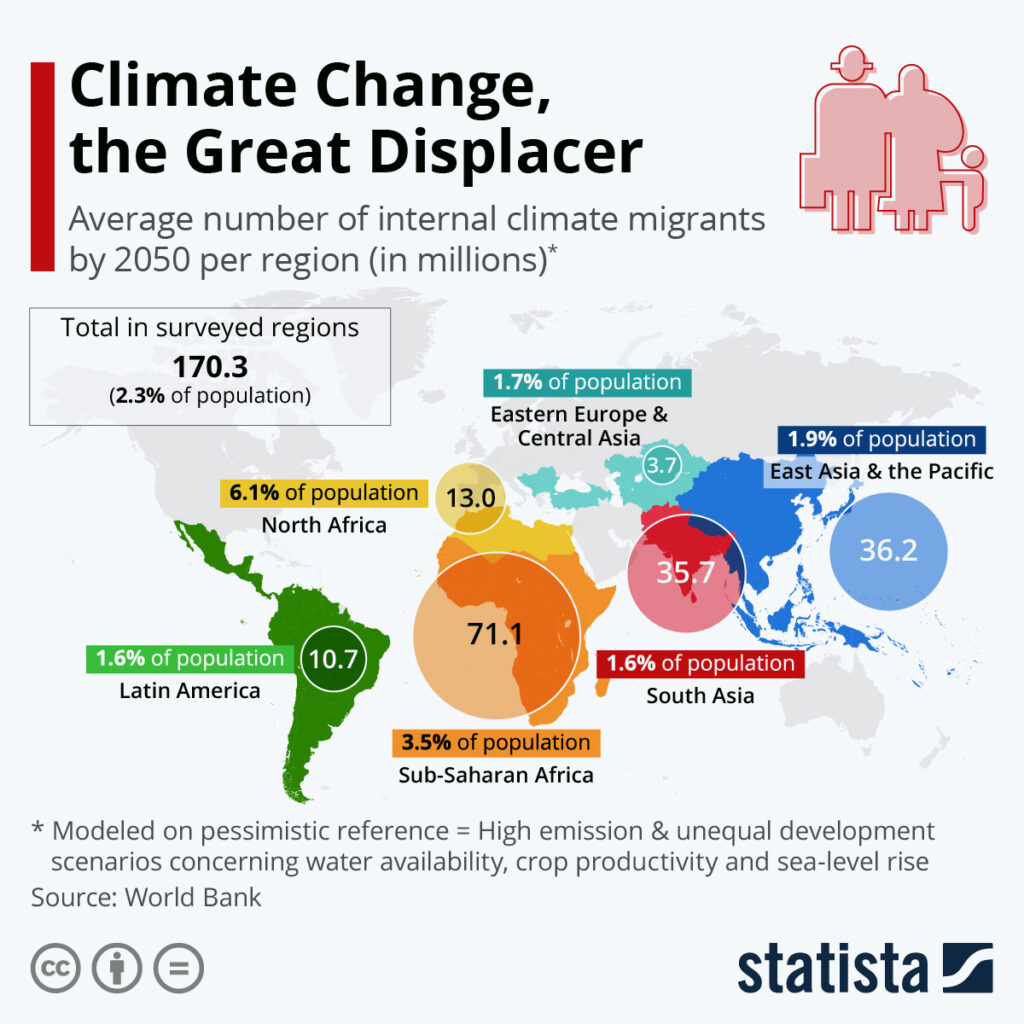
Many lacked access to insurance or emergency funds, making rebuilding incredibly difficult. In Indonesia, recurring floods in coastal regions like Jakarta interfere with daily life and commerce, highlighting underlying urban planning and infrastructure risks. Once communities disperse, the strain on social services, health systems and job markets can be overwhelming.
Proactive measures such as developing climate-resilient urban designs, bolstering evacuation routes and incentivising relocation away from high-risk zones are crucial.
Energy Access and Equity
Energy access is another linchpin of environmental justice, particularly as the world seeks to reduce carbon emissions while maintaining economic growth. Despite the rapid global expansion of solar and wind power, many rural communities remain disconnected from reliable grids that can harness these renewable sources.
Instead, they rely on fossil fuels that perpetuate air pollution and contribute to greenhouse gas emissions. Projections show that overall energy demand could surge by up to 75% by 2050, making it imperative to guide this demand toward cleaner, more inclusive energy solutions.
Equitable energy distribution stands at the intersection of environmental stewardship and social progress. Communities that gain access to renewable energy not only reduce their carbon footprint but also unlock educational opportunities, improve healthcare delivery and spur local business development.
Meaningful Involvement is Required to Address Environmental Justice Issues
Climate change is already reshaping the planet in ways that demand urgent and inclusive responses. Environmental justice, far from being an afterthought, is central to the success of these efforts. By ensuring that adaptation strategies and mitigation policies account for historical inequities and resource imbalances, decision-makers can protect the most vulnerable communities from being disproportionately affected. Failure to embed fairness and equity into climate solutions risks perpetuating social divisions and undermining the stability required for long-term economic and environmental health.
Eric Koons
Writer, United States
Eric is a passionate environmental advocate that believes renewable energy is a key piece in meeting the world’s growing energy demands. He received an environmental science degree from the University of California and has worked to promote environmentally and socially sustainable practices since. Eric has worked with leading environmental organisations, such as World Resources Institute and Hitachi ABB Power Grids.
Eric is a passionate environmental advocate that believes renewable energy is a key piece in meeting the world’s growing energy demands. He received an environmental science degree from the University of California and has worked to promote environmentally and socially sustainable practices since. Eric has worked with leading environmental organisations, such as World Resources Institute and Hitachi ABB Power Grids.

